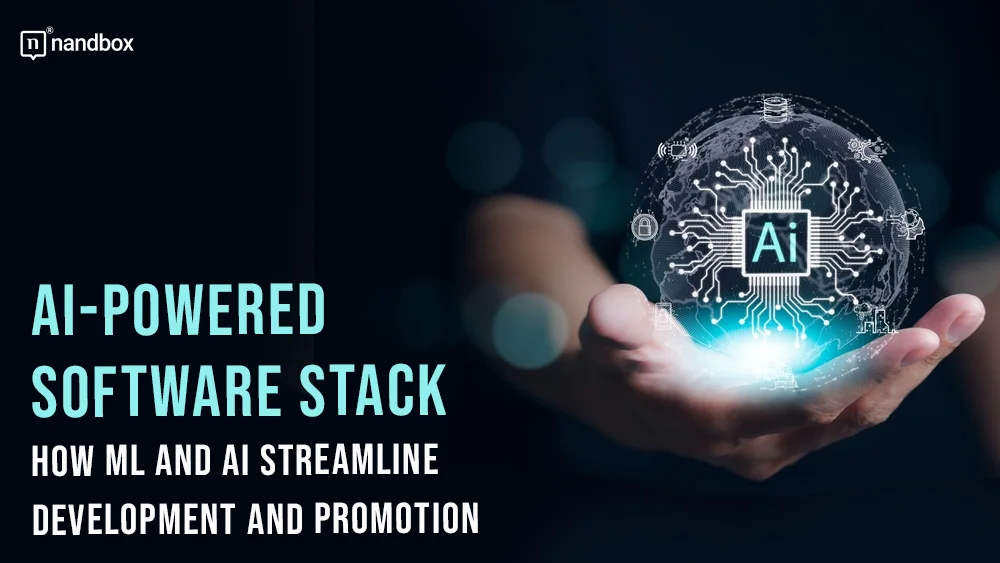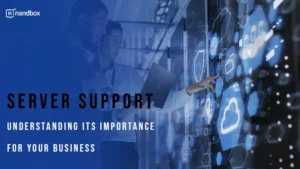Artificial Intelligence and Machine Learning are rapidly transforming nearly every business function, and software development is no exception. As codebases grow exponentially in complexity, a new breed of AI-enabled tools helps engineers intuitively construct, validate, and ship features faster while also amplifying product promotion through automated decision-making.
Let’s thoroughly examine multiple emerging arenas where artificial intelligence promises to assist resource-strapped developers in tackling intricate projects.
Automating Tedious Coding Tasks
AI accelerates development velocity by handling lower-value, repetitive coding grunt work that often distracts architects from concentrating on complex application builds.
Tools like DeepCode offload the time-sucking task of code reviews to algorithms that ensure style guide consistency and best practice adherence across large, fragmented codebases. Their models can scan code submissions in real time, highlighting any reuse opportunities or dangerous antipatterns.
Other AI coding assistants like Tabnine and Kite utilize predictive modeling to suggest likely variable names, function calls and code block structures as developers furiously type away. They interject context-aware recommendations, speeding up mundane syntactic constructions.
By delegating blunt quality checks and autocompletion to the bots, engineers who provide AI and ML development services conserve their precious mental stamina for high-value creative problem-solving and architectural undertakings that still elude AI capabilities.
Generating and Validating Application Logic
In addition to supplemental coding support, AI also expands its reach by actually generating full application components, flows and test harnesses.
Powerful language models like GitHub’s Copilot tap into the power of deep learning to rapidly produce compliant code logic handling tasks described in straightforward natural language phrases. Want to parse a complex JSON payload? Simply comment, “Extract the user’s email address from the response object”. The co-pilot will synthesize all necessary functions, handling the job in seconds.
In the testing arena, Applitools leverages visual AI algorithms trained to assess rendered application UI outputs the same way a human would. Beyond validating across browsers, its algorithms can compare against historical DOM snapshots and highlight minute CSS deviations that may break flows when pushed live.
Such innovations transform coding from manual hand-to-keyboard artistry to a more interactive, conversational experience whereby developers merely describe desired functions and then let advanced AI models translate objectives into working features with incredible accuracy.
Monitoring Performance Metrics and Reliability
Harnessing massive historical benchmark datasets, Machine Learning models effectively evaluate code integrity and system health – revealing insights manual audits would likely overlook. And this is far from the pinnacle of this area, given how fast it is developing. Forecasts indicate that the machine learning market will grow to a value of US$204.30 billion by 2024. The market will grow at a 17.15% annual rate (CAGR 2024–2030) and reach a value of US$528.10 billion by 2030.
Sentry.io monitors application states and user behavior in production to establish baselines, alerting on deviations like sudden latency spikes or increased errors that may indicate emerging issues, based on historical trends.
Thundra goes a step further by applying ML against trace data to pinpoint which lines of code influence performance. It can accurately identify resource-intensive functions that inadvertently drag down interactions while recommending optimized code changes to restore speeds.
By continuously assessing builds through predictive ML lenses, even post-deployment, software teams expedite incident response and stay ahead of technical debt that can accumulate into enterprise threats if left lurking too long.
Enhancing Strategic Decision-making through Predictive Analytics
Sophisticated AI empowers developers and key decision-makers to make remarkably smarter choices backed by data-driven forecasts and probability analysis.
Jira bakes predictive capabilities directly into its platform to estimate everything from team velocity on upcoming sprints given past throughput to the risk levels attached to particular backlog items that may require padding. By benchmarking against rich historical data sets, Jira’s models enhance accuracy around planning cycles and priority balancing.
Spacelift.io similarly utilizes probabilistic analysis to determine optimal deployment strategies across dynamic environments. It intelligently shifts blue/green patterns based on cluster resource availability, staging validation results, and even proximal code changes that raise red flags.
Such future-focused AI-enabled foresight reduces speed-constraining bottlenecks by automatically invoking the statistically safest release configurations to preserve continuity.
Chatbots and Automated Campaigns Amplifying Audience Reach
Beyond streamlining internal coding pipelines, AI also enlarges audience awareness through amplified product promotion. With app store competition, standing out demands data-backed messaging, personalization and targeting.
Tools like AppRadar begin by profiling ideal customers through real user data like downloads, product usage, and granular UI interactions. Focus groups and surveys were yesterday’s game. Its analytics then prescribe campaign formats with AI-optimized elements precisely dialed to resonate with intended personas—from video snippet lengths driving conversions to emotionally engaging word choices in ad copy.
Cloud-hosted chatbots handle high volumes of conversational user interactions while also routing intricate questions to human agents when needed. They enable instant app support without expansive manual staffing.
For advertising placement, automated bid optimization secured the best-positioned, highest-converting ads according to historical statistical performance, far outpacing manual guesswork.
Democratizing App Creation for Non-Coders
AI not only advances application development for professionals but also enables non-technical staff to independently create prototypes using intuitive app builders. This significantly increases the number of viable, efficiently developed concepts with reduced resource needs.
Before diving into the emerging platforms enabling seamless app creation sans coding, consider a few forces necessitating easier entry points to software tinkering:
Accelerated Digital Transformations Leave Innovation Clogged
As enterprises undertake sweeping digitization efforts, the sheer volume of conceptual customer and employee apps needing explorations often chokes existing engineering bandwidth. Also, if business analysts could validate proofs of concepts on their own, only the most promising would undergo resource-intensive full productionalization.
Not Building Software Stifles Opportunity Spotting
With software now differentiating nearly every leading brand, those unable to craft test apps effectively risk losing entire opportunities that go undiscovered because they lack the technical means to probe viability. Democratized cloud builders break down such barriers.
Low-Code/No-Code Platforms Leveling the Playing Field
Visual Workflow Composers
Platforms like Zapier, n8n, and Tray.io allow business analysts to integrate data across various API-enabled apps using drag-and-drop, without needing to code. With webhooks and custom code integrations, they provide enough customization for simple projects and quick experiments, helping validate ideas before investing more engineering resources.
Automated UI Generators
Powerful site builders like Webflow, Bubble, and Appian create production-grade interfaces tied to customizable databases for managing content. Also, Minimal manual overrides then adapt dynamically rendered sites into personalized apps, quickly testing engagement hypotheses with real users.
Voice and Chat App Crafters
Tools specifically focused on emerging conversational interfaces, like Voiceflow and Mesh, allow those unfamiliar with programming to train capable voice assistants and chatbots usable across devices. They boost natural language capabilities by mapping intents to outcomes with minimal overhead.
By empowering business teams to transform conceptual apps into working prototypes for user feedback, organizations avoid innovation gridlock while still maintaining engineering oversight and implementing the most promising cases at scale. Democratization through no-code equality proves a rising tide floats more ships.
The Emerging Metrics Proving AI’s Development Value
Still doubting AI’s expanding integral role in maturing modern software practices? The data demonstrating immense improvements across build velocity, infrastructure resilience and product promotion KPIs says it all…
- 50% faster release cycles through automated QA
- 80% of businesses claim that their revenue increased as a result of their machine learning investments
- Multiple times increase conversion lifts from optimized go-to-market campaigns
Augmented intelligence enhances workflows, improving engineering efficiency, infrastructure reliability, and audience growth—essential for software teams striving to keep market leadership in challenging times.
Although still in the early stages, AI is already transforming development, testing, and deployment processes. Early adoption allows engineering teams to build more reliable systems more efficiently and at scale, benefiting from increased coding productivity and data-driven planning.
The future of coding looks smarter than ever before, with machine learning partners directing the way.







